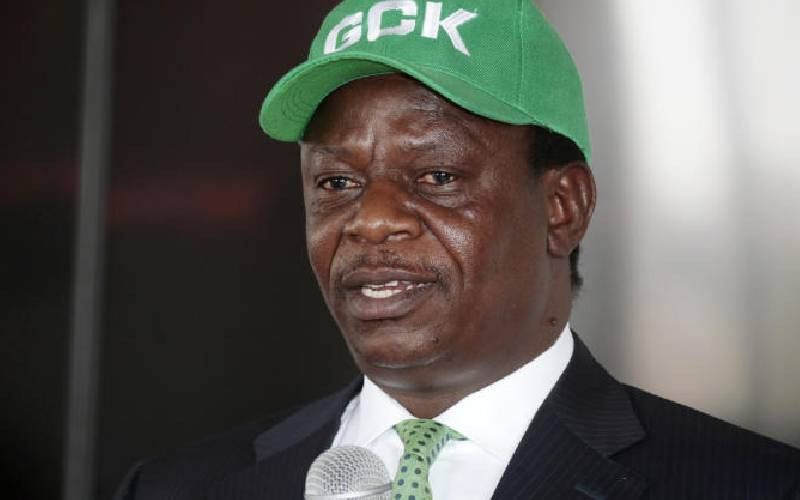×
The Standard e-Paper
Smart Minds Choose Us

On October 2, exactly 18 days after being sworn into office, President William Ruto visited Homa Bay County for a church service. While this visit would pass for a normal excursion, it is dripping with political symbolism.